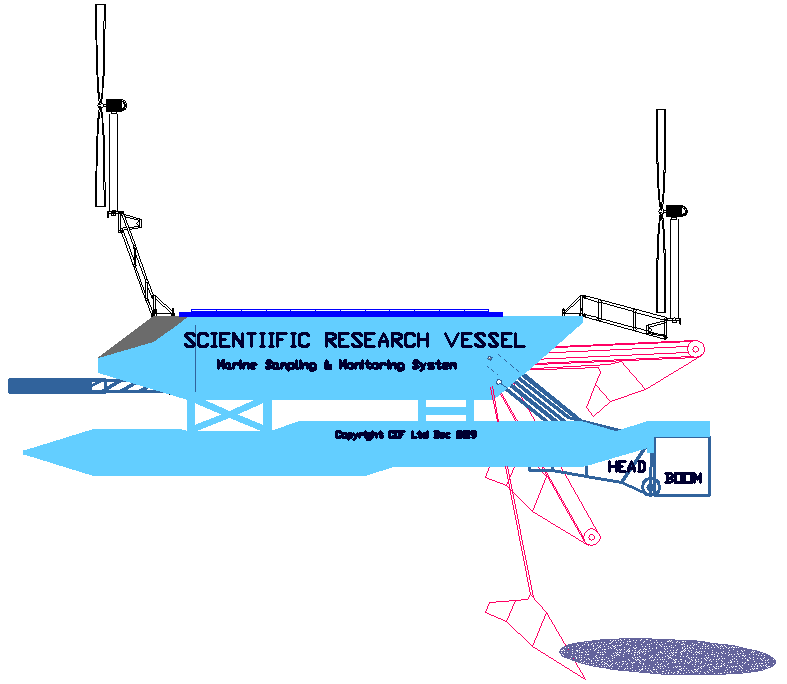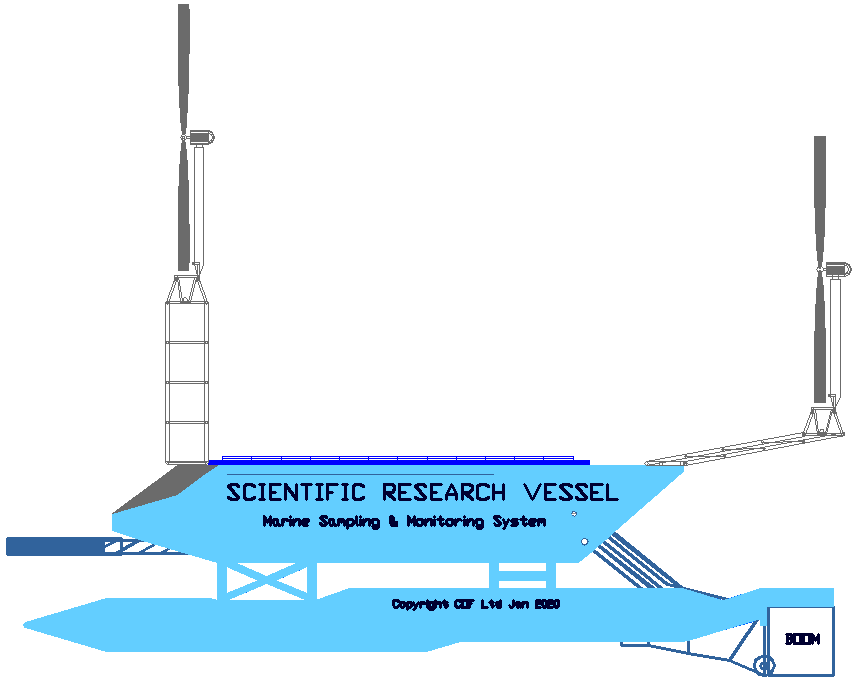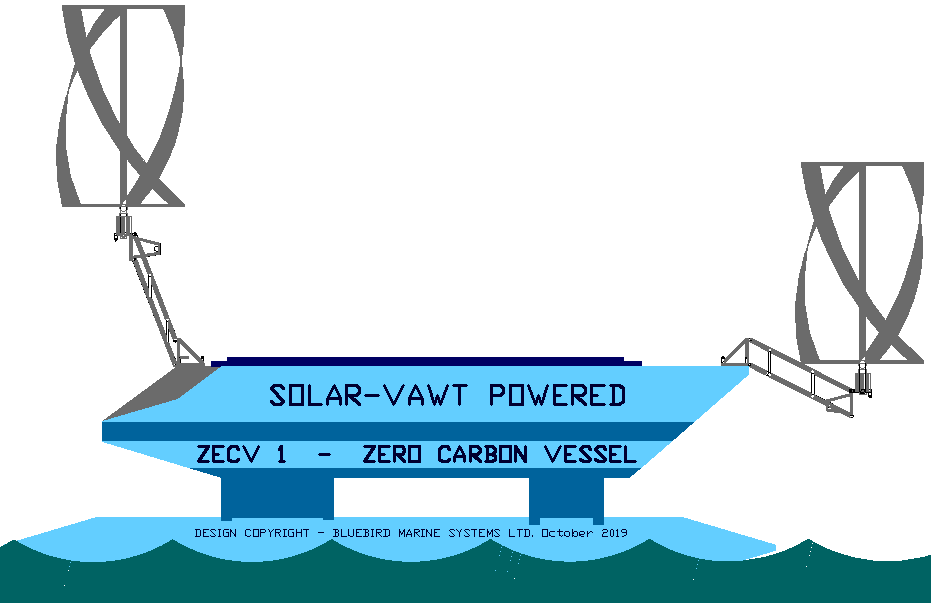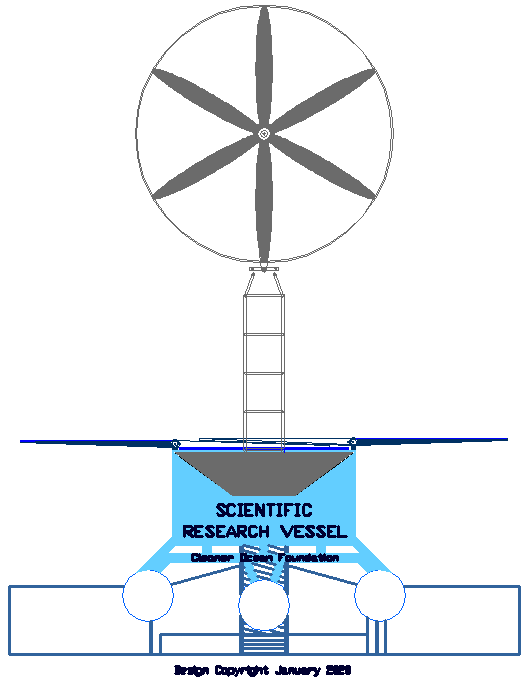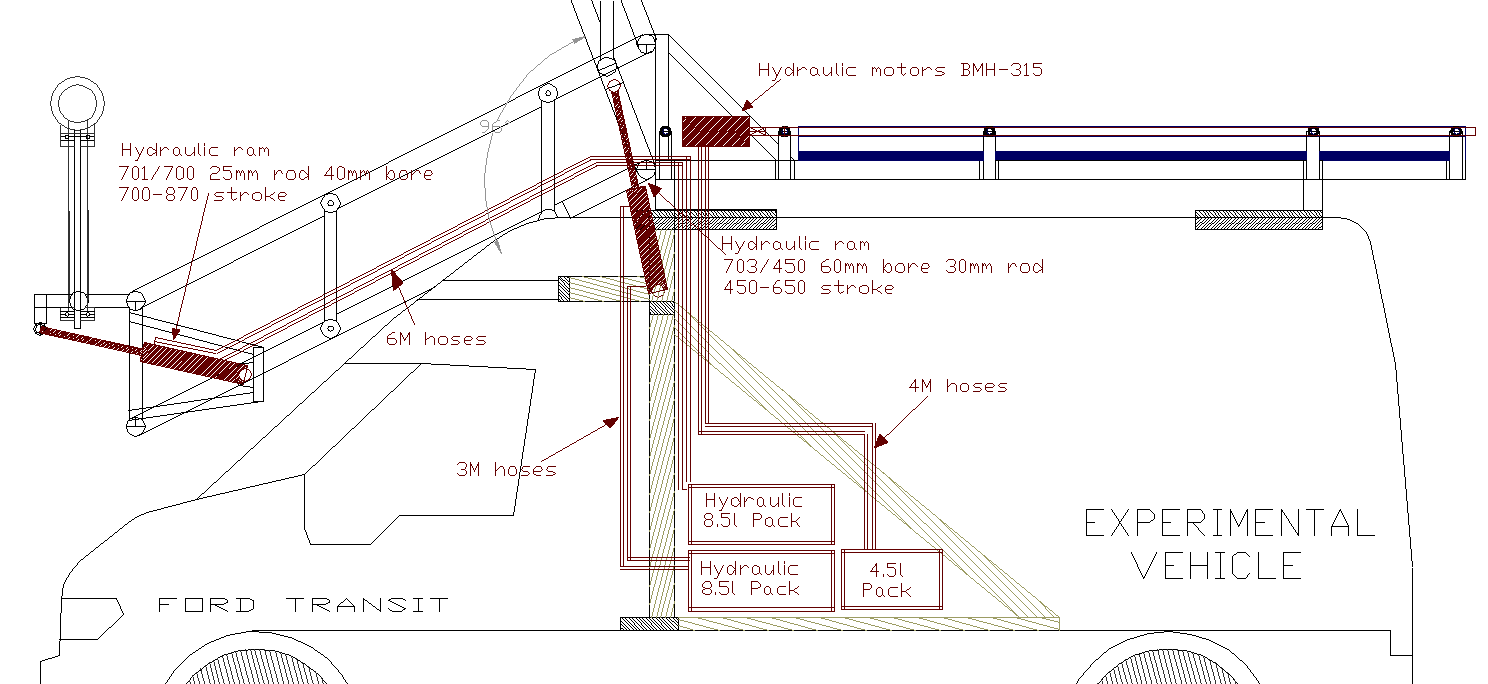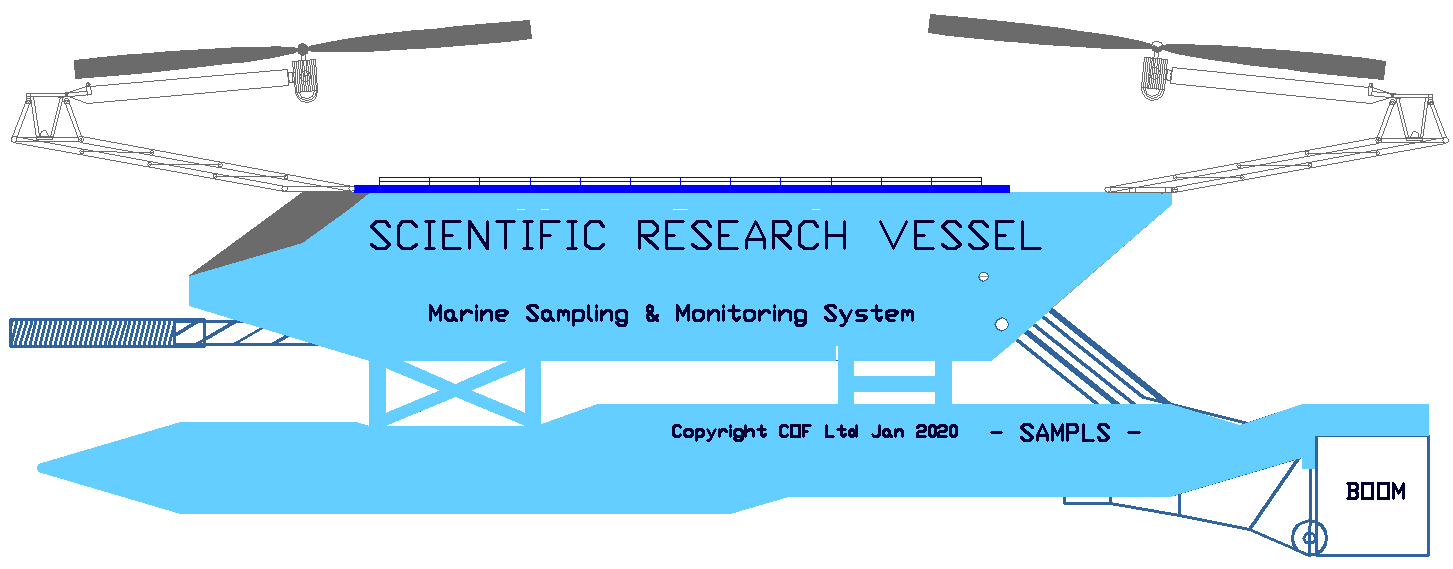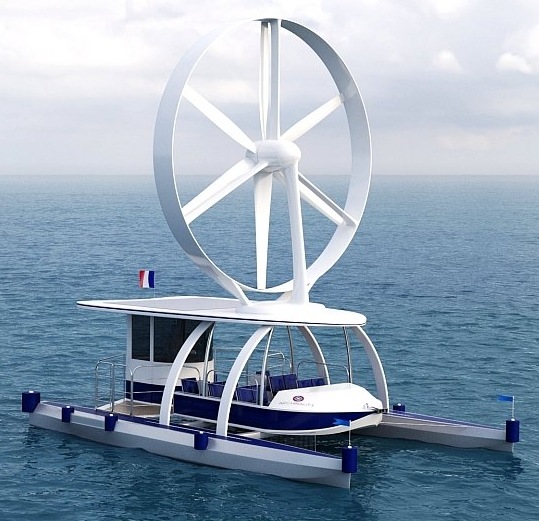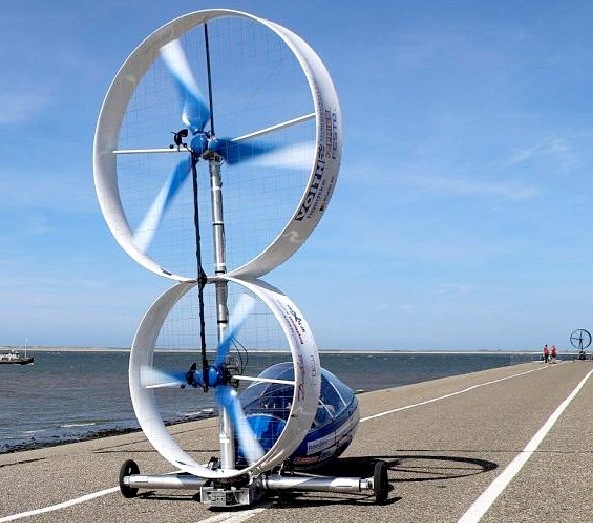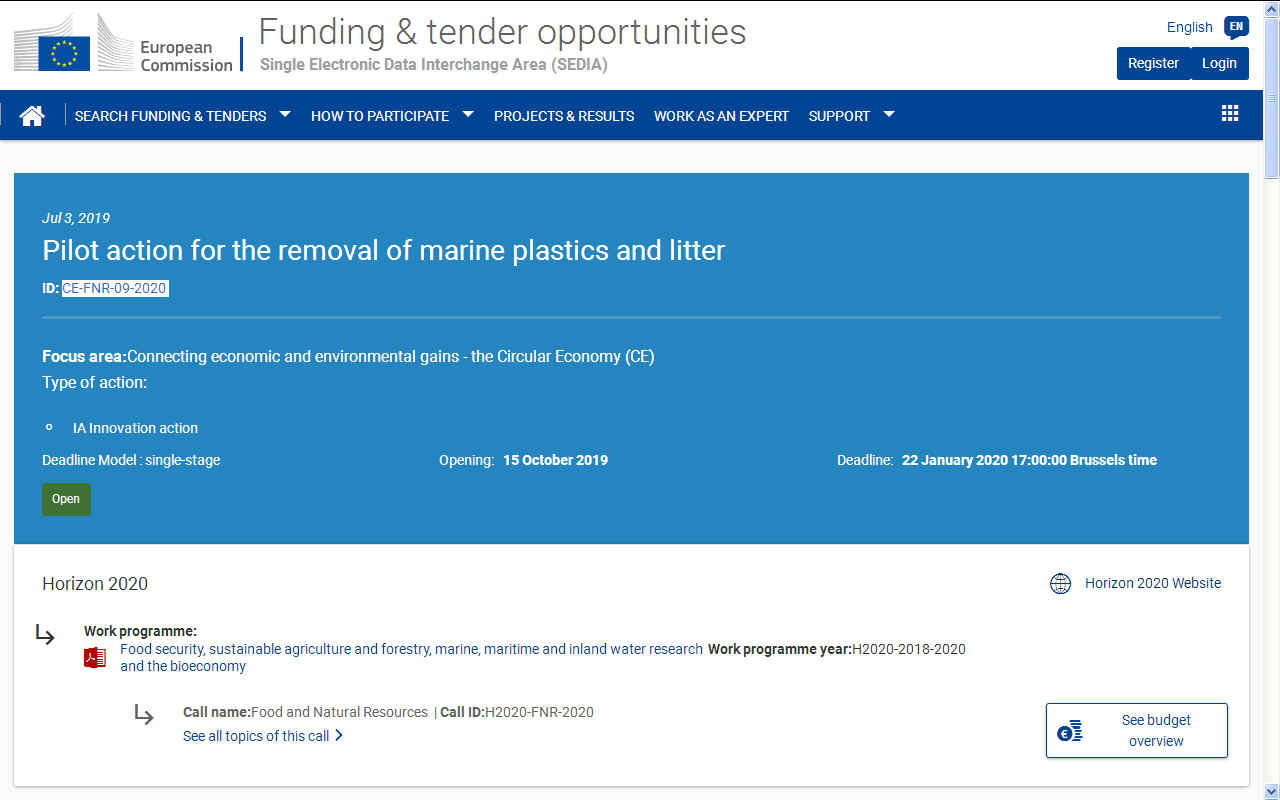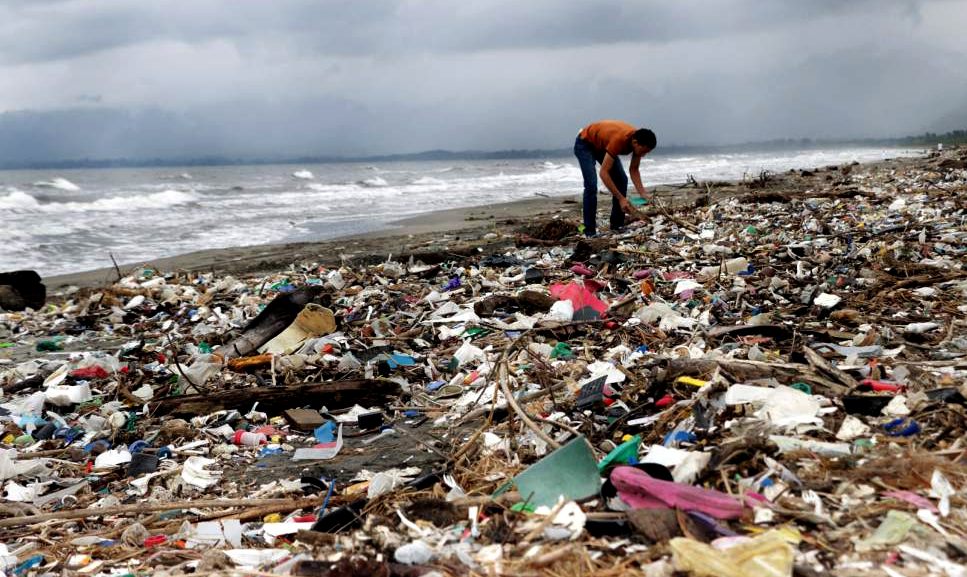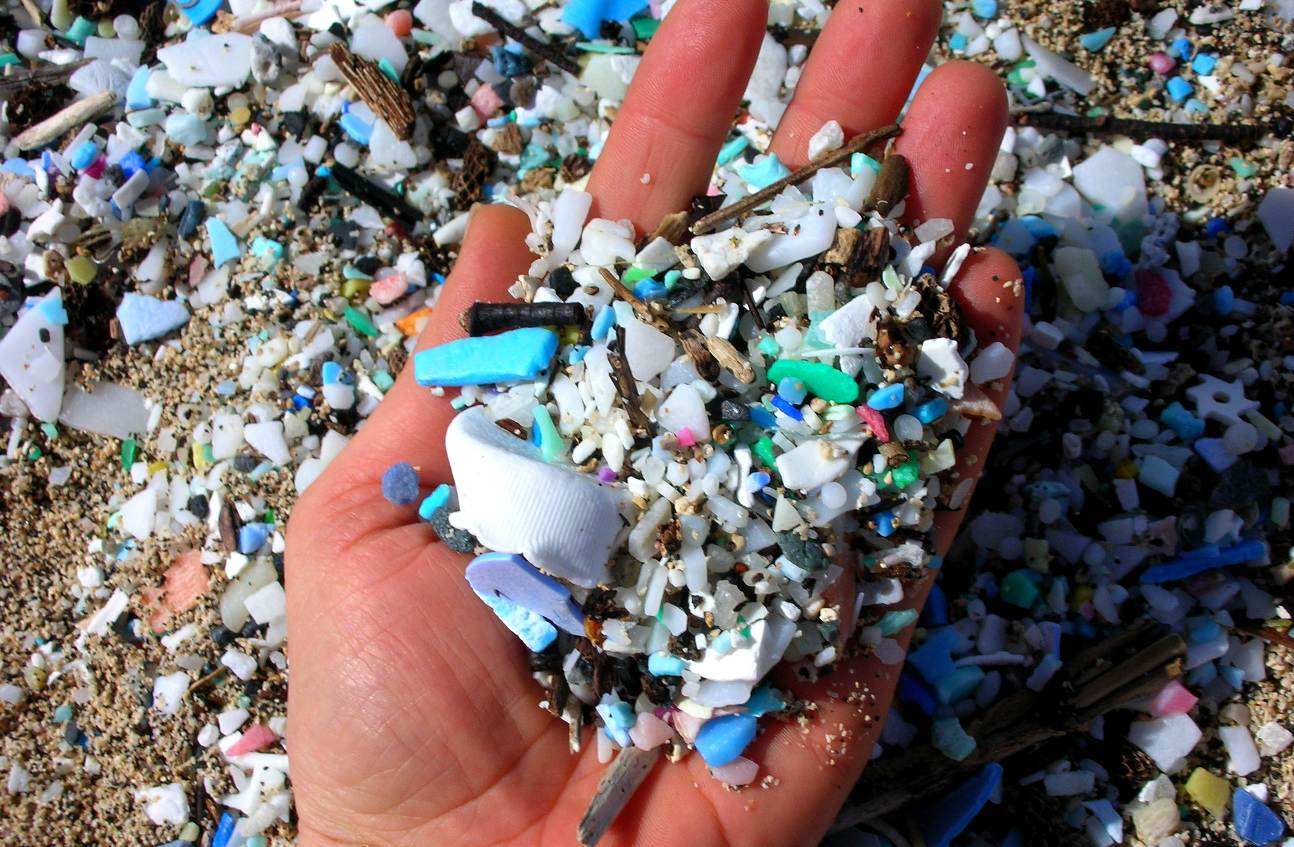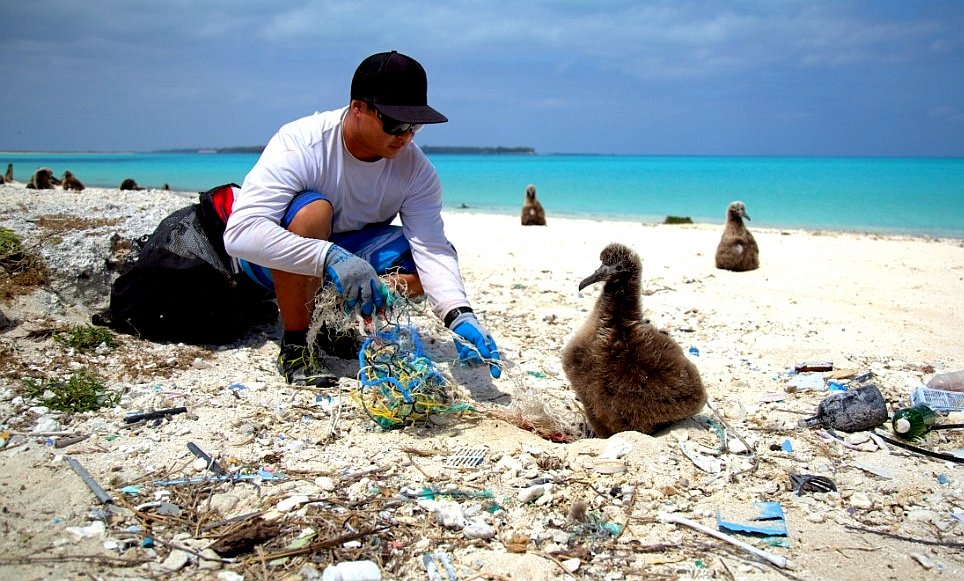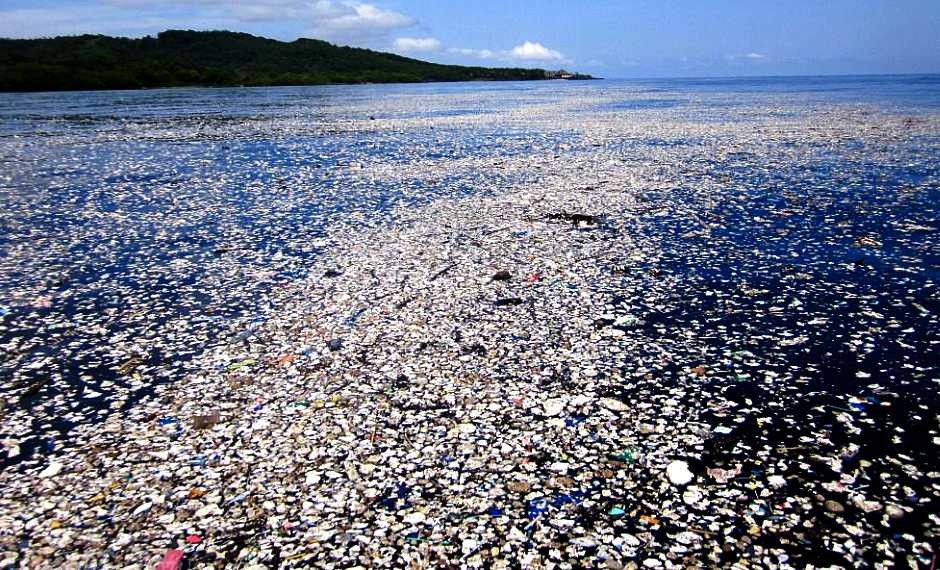|
SAMPLS ROTARY SAILS HAWTS & VAWTS
Please use our A-Z INDEX to navigate this site, where page links may lead to other sites
|
||
|
ZERO CARBON PERSISTENT MONITORING & RECOVERY - Machines like the proposed 17 meter Pilot SeaVax above could provide sufficient energy to sample the marine environment continuously almost anywhere in the world, provided they have the right combination of energy harvesting apparatus to free them from reliance on fossil fuels. The turbines and masts depicted in the diagram on the left were derived from our Ford Transit experiment in 2019 as an example, the raised height may be increased as development proceeds as per the example on the right and other example designs shown below and on other linked pages.
NOTE: At the moment this is just a concept, without appropriate levels of funding for research and then for development & build, ZEV research vessels like this will never become a reality. It would be a mistake to think that with a drawing like that above, that the research to make it possible has already been done.
SeaVax derived vessels are designed to operate all over the world in different environmental conditions. That is not to say the Pilot vessel above may not be tested with different wind turbines such as to be tailored to operations is arctic or equatorial locations. It is that we have to cover any eventuality, also offering a base model. As Henry Ford said; "You can have any colour you want, as long as it's black."
We had considered rigid Wing Sails and Flettner Rotors that provide thrust as with any cloth sail, but cannot generate electricity for onboard operations when a SeaVax is operating tethered by means of anchors or ropes, at which point any sails would need to be furled and not contribute to litter cleaning operations.
SOLAR VAWT COMBINATION - Swapping the horizontal 5kW wind turbines for vertical 10kW versions may be possible after development of the masts such as to attain greater height above sea level. VAWTs may be more suitable at more northern latitudes. The machine is solar and wind powered for sustainable long endurance tours of duty. In this case featuring vertical axis wind turbines on short masts for convenience. The VAWTs shown here are not the machines we will be using. We will be using advanced machines capable of changing the angle of attack of the blades, to include furling. Please note that these drawings are Copyright © November 2019 Cleaner Ocean Foundation and Bluebird Marine Systems Ltd.
SOLAR HAWT COMBINATION - A 10kW horizontal turbine setup may be more suitable for litter collecting in open seas, drifting at slightly more than current speed where the vessel catches up waste driven by the rotary sail - or alternatively - uses the energy from the turbine to travel very slowly against the ocean current for short hauls, even where energy wasteful. This is a six-blade design as a rotary sail that you may have noticed lifts higher into the air stream than the Ford Transit rig, also with wider spacing for the round section mast tubes. A VAWT on this mast should work well for anchored sampling operations in northern latitudes. The best method of harvesting waste in various situations will be the subject of several experiments. Please note that these drawings are Copyright © January 2020 Cleaner Ocean Foundation and Bluebird Marine Systems Ltd.
A solution appears to be to use wind turbines as rotary sails linked to generators, when this apparatus might serve a useful purpose as propulsion during transits and as electricity generation when anchored for operations offshore at river mouth hot-spots. This appeared to us to be a practical compromise.
The system could become particularly effective when linked to computers and communications for fleet control.
CAD DESIGN - Beginning in March and ending in May 2019, the Cleaner Ocean Foundation designed an experimental energy harvesting rig to raise and lower wind turbines and get a feel for the hydraulics. The brief was to keep the project low cost (under £5,000) and that the rig should fit into and onto a standard LWB Ford Transit van. The rig included solar fold out wings that are to be tested in 2020, before fitting a slightly larger system to a prototype vessel - an example of which is the Pilot at the head of this page. Click on the diagram above to see this drawing come to life as they cut steel, welded sections and fitted the frame and mast to the donor vehicle.
We've come a long way since the proof of concept model in 2015. This model sported twin turbines on a boom using one mast. It was soon realized that twin turbines on one boom had a number of disadvantages that were confirmed during a further study between 2018 and 2019.
Where interference between rotors at many angles, and the need to synchronize blades such that they pointed in the same direction, was a blocker, this had to be added to with commutation via slip rings, that are available, but we wanted to keep the design as KISS simple as possible. Where in our experience, if something can go wrong it will go wrong. That is Murphy's Law. Buttered bread will always land butter side down.
FURLED - Here we see twin HAWT 10kW wind turbines furled for docking as when emptying or close to other vessels and as storm protection. Copyright © diagram 14 January 2020. All rights reserved, Cleaner Ocean Foundation Ltd.
ROTARY SAILS - Wind turbines seem to work just as well on land as on the sea as sails to propel vehicles. Inventor, Peter Worsley patented the forerunner of these systems in 1998. The Archinaute on the left was under construction in France in 2019, while the Baltic Thunder on the right came second in a land yacht drag race in 2019 in the Netherlands. The proposed Pilot SeaVax uses two turbines, one at either end of the vessel, each adjustable for height.
ABS American Bureau of Shipping
LINKS & REFERENCE
https://www.jstor.org/stable/43749297 http://mio-ecsde.org/sdg14-and-marine-litter-what-progress-has-been-made-in-the-mediterranean/
H2020 WORK PROGRAMME - Pilot action for the removal of marine plastics and litter. Cleaner Ocean Foundation Ltd would be interested in forming a consortium for this call and are currently seeking eligible collaborative partners within the EU. This is to further develop the SeaVax concept, to take it to TRL 6, funding permitting.
|
||
|
"Be the solution, not the pollution."
ABS - BIOMAGNIFICATION - CANCER - CARRIER BAGS - COTTON BUDS - DDT - FISHING NETS - HEAVY METALS - MARINE LITTER - MICROBEADS MICRO PLASTICS - NYLON - OCEAN GYRES - OCEAN WASTE - PACKAGING - PCBS - PET - PETROLEUM - PLASTIC - PLASTICS - POLYCARBONATE POLYOLEFINS - POLYPROPYLENE - POLYSTYRENE - POLYTHENE - POPS - PVC - SHOES - SINGLE USE - SOUP - STRAWS - WATER
Please use our A-Z INDEX to navigate this site, where page links may lead to other sites
| ||
|
This website is provided on a free basis as a public information service. copyright © Cleaner Oceans Foundation Ltd (COFL) (Company No: 4674774) 2020. Solar Studios, BN271RF, United Kingdom. COFL is a company without share capital.
|
